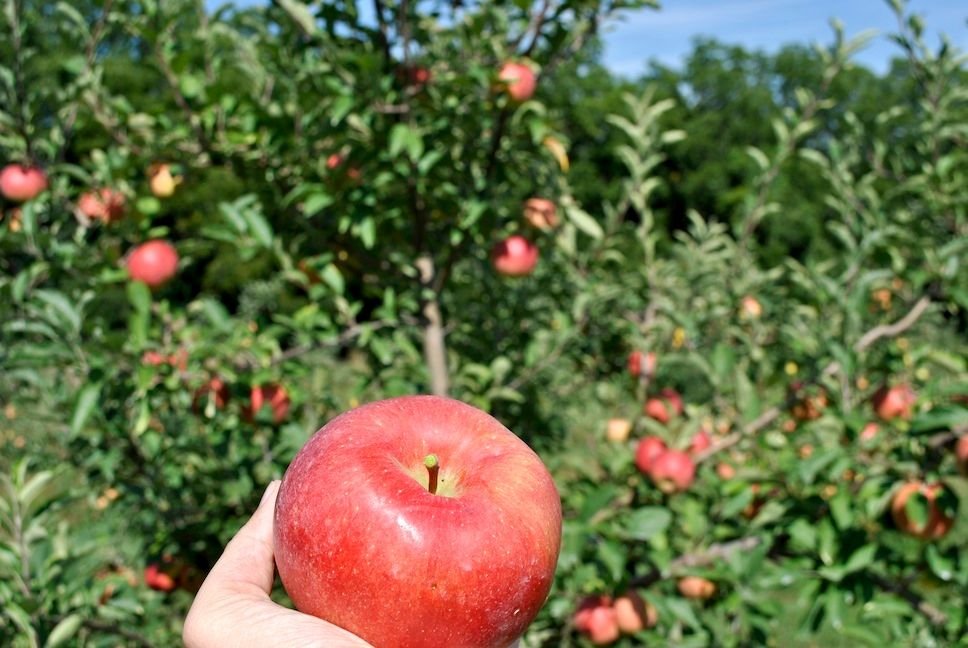There’s something truly magical about stepping into your backyard and picking a fresh, homegrown fruit right off your tree. But growing and maintaining a fruit tree isn’t just about planting it and hoping for the best. Like any relationship, it requires care, attention, and just the right amount of patience. Whether you’re dreaming of juicy peaches, tart apples, or zesty lemons, this guide will show you how to set your fruit tree up for success—and keep it thriving throughout the seasons.
Choosing the Right Fruit Tree for Your Space
Before you even dig that first hole, take a deep breath and ask yourself a few key questions. Not every fruit tree is suited for every space or climate, and starting with the right one can save you a ton of headaches later on.
1. Consider Your Climate
Not all fruit trees can flourish in every part of the country. For example:
- Citrus trees like oranges and lemons thrive in warm, frost-free climates.
- Apples and cherries prefer cooler regions with distinct winters.
- Tropical fruits like mangoes need consistently warm and humid environments.
Check your USDA hardiness zone to understand what grows best in your region.
2. Think About Space
Some fruit trees, like dwarf or semi-dwarf varieties, are perfect for small backyard spaces or even large pots. If you’ve got a bit more room, standard trees can provide shade and more fruit (but they’ll need more care and pruning).
3. Pollination Needs
Here’s the fun part—fruit trees have social lives too. Some are self-pollinating, like certain peach and fig trees, which means they’re independent little fellows. Others, like apples and cherries, often need another tree nearby as a pollination partner. It’s matchmaking for trees!
Planting Your Fruit Tree the Right Way
Your fruit tree’s future health heavily depends on how you plant it. A shaky start can mean stunted growth or a tree that struggles to bear fruit (and no one wants that).
- Pick the Right Spot
Location, location, location! Fruit trees love sunlight—most need at least 6–8 hours of direct sunlight a day. The soil should drain well but also retain some moisture for those thirsty roots.
- Dig the Perfect Hole
Make sure the hole is twice as wide as the tree’s root ball but not too deep. When planting, the tree’s graft union (the little bump near the base) should sit above the soil line. Planting it too deep can lead to issues with rot.
- Water Wisely
Right after planting, give your fruit tree a nice, healthy drink of water. This helps compact the soil around the roots and eliminates air pockets.
The Art of Watering (Not Too Much, Not Too Little)
Watering a fruit tree can feel like Goldilocks’ dilemma. Too much water, and you risk drowning the roots. Too little, and your tree throws a tantrum with wilted leaves.
Here’s a rule of thumb:
- Young fruit trees (0–3 years old) need regular watering—think deep and thorough around once a week unless it’s raining.
- Mature trees can usually fend for themselves with occasional watering during dry spells.
Pro tip? Use mulch! A 2–3 inch layer of mulch around the base (but not touching the trunk) helps retain moisture, keeps weeds away, and protects roots from heat stress.
Pruning for Healthy Growth
Ah, pruning—aka giving your fruit tree its annual haircut. It might feel intimidating, but it’s vital for keeping it healthy and productive.
- Why Prune? It encourages new growth, removes dead or crowded branches, and allows more sunlight and air circulation.
- When to Prune? For most fruit trees, late winter or early spring (while the tree is still dormant) is the perfect time.
Pruning Tips:
- Remove any branches that cross or rub against each other.
- Cut back any “water sprouts” (thin, fast-growing vertical shoots) near the base.
- Keep the tree’s shape open by focusing on upward and outward growth—you want sunlight to reach all parts of the tree.
Feed Your Tree
Like us, fruit trees need a balanced diet to stay strong. Fertilize annually to provide crucial nutrients like nitrogen, phosphorous, and potassium.
- Young Trees benefit from a slow-release nitrogen fertilizer.
- Established Trees appreciate balanced fertilizers, especially during fruiting season.
Apply fertilizer in early spring and, if needed, again in late spring or early summer. And remember—not every tree needs the same amount. Follow the instructions on your fertilizer, and resist the urge to overdo it (too much fertilizer can lead to a leafy tree with little fruit!).
Fighting Pests and Diseases
Nothing bursts your fruit-growing bubble faster than pests and diseases munching away at your hard work. The good news? With early care and attention, you can tackle most issues head-on.
Common culprits include:
- Aphids: These tiny insects suck sap from new growth. A strong spray of water or insecticidal soap can help.
- Fungal diseases: Watch for spots on leaves or rotting fruit. Prune affected areas and use organic fungicides if necessary.
- Critters: Squirrels and birds love fruit as much as you do. Netting your tree can protect your prized produce.
Regularly inspect your tree so you can catch and address problems quickly. Prevention is the best cure!
Harvesting the Fruits of Your Labor
Finally, the moment you’ve been waiting for—harvest time! But don’t rush it; patience is key. Wait until your fruit is fully ripe for the best flavor. How can you tell? Look for rich color, a slightly soft texture, and, for some fruits, a sweet aroma.
When picking, use gentle hands. Remove the fruit by twisting and lifting upward to avoid damaging the tree. And if you find yourself gathering more fruit than you can handle, consider sharing your bounty with neighbors or trying your hand at preserving jams or jellies!
Grow Wisely, Reap Sweet Rewards
Growing and maintaining a fruit tree is part science, part art, and a whole lot of patience. But the rewards? Worth every bit of effort.
Not only do fruit trees beautify your yard, but they also provide you with fresh, nutritious produce. By selecting the right tree, planting it properly, and giving it the love and care it needs, you’ll be well on your way to enjoying a fruitful harvest season after season.
Want to take your gardening knowledge deeper? Subscribe to our email list for more tips and tricks on growing a thriving garden—or maybe share your own fruit tree adventures in the comments below!











